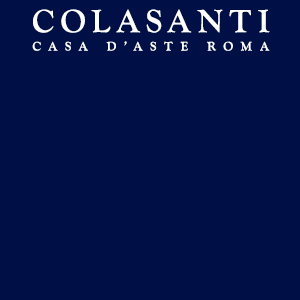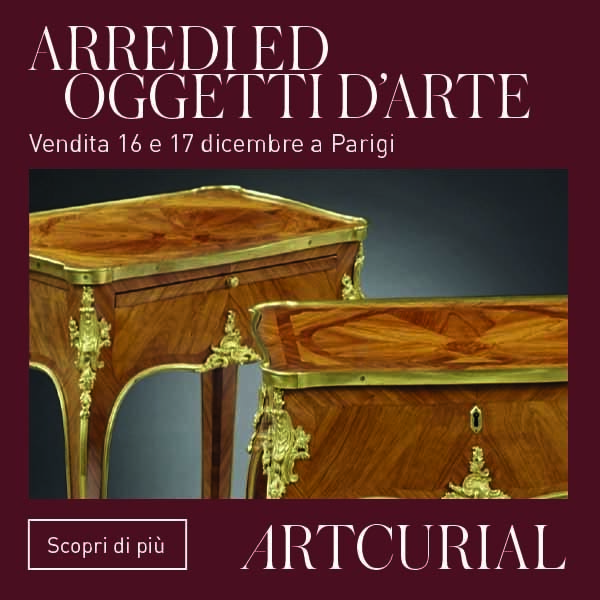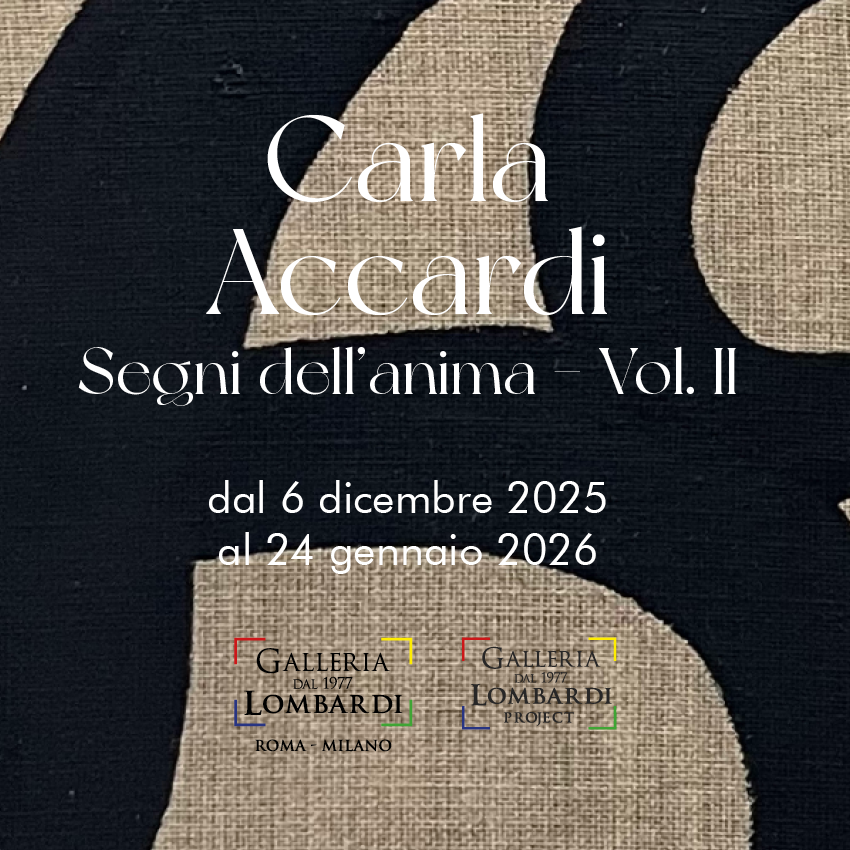
(1494-1557)
Visitation, 1528
Oil on panel; 202 x 156 cm
Carmignano, Pieve di San Michele
In 1956 Palazzo Strozzi hosted the exhibition Pontormo and Early Florentine Mannerism, in which Pontormo’s work was displayed alongside that of Rosso Fiorentino, Beccafumi and other adepts of the new and unconventional trend in painting. The exhibition offered visitors an overview of the work of an entire generation of young artists who had chosen the path of experiment and of a highly individual distortion of shape and form. No monographic exhibition, however, has ever been devoted to the work of Rosso Fiorentino, probably because of the relative scarcity of his surviving work. Almost 60 years later, much has changed in the critical approach adopted at the time with scholars exploring and gradually uncovering the reasons behind individual careers which can no longer be grouped together in a single movement.
The 2014 exhibition will be devoted to two of that movement’s leading lights: Jacopo da Pontormo and Rosso Fiorentino. Both were born in 1494, at the close of a century which had seen the collapse of a political balance that had guaranteed the prosperity and security of Florence, and of Italy as a whole. It was the beginning of a troubled era of religious and political clashes that were to lead to a fundamental alteration of the political balances among states and to the loss of the harmony in art that had been such a feature of the transition from the 15th to the 16th centuries. Florence is the ideal city for such a project since so many of the artists’ most important works are to be found here. However, an exhaustive overview of their careers is only possible with the cooperation of museums, both in Italy and abroad.
In exploring the work of the two greatest Florentine exponents of what 20th century critics christened “Mannerism”, the exhibition aims to track the chronological development of the movement which Giorgio Vasari identified as the start of the “modern manner” and which was rooted, both for Pontormo and for Rosso Fiorentino, in their relationship with Andrea del Sarto. Their careers came to an end as the map of Europe was being redrawn by the clash between the Reformation and the Counter-Reformation, when Rosso Fiorentino, prior to his early death in 1540, was working for the court of François I of France, shortly before Pontormo painted the most controversial frescoes in the whole of Florentine Cinquecento art: the frescoes in the choir of San Lorenzo, commissioned by Cosimo I de’ Medici and begun in 1546.












